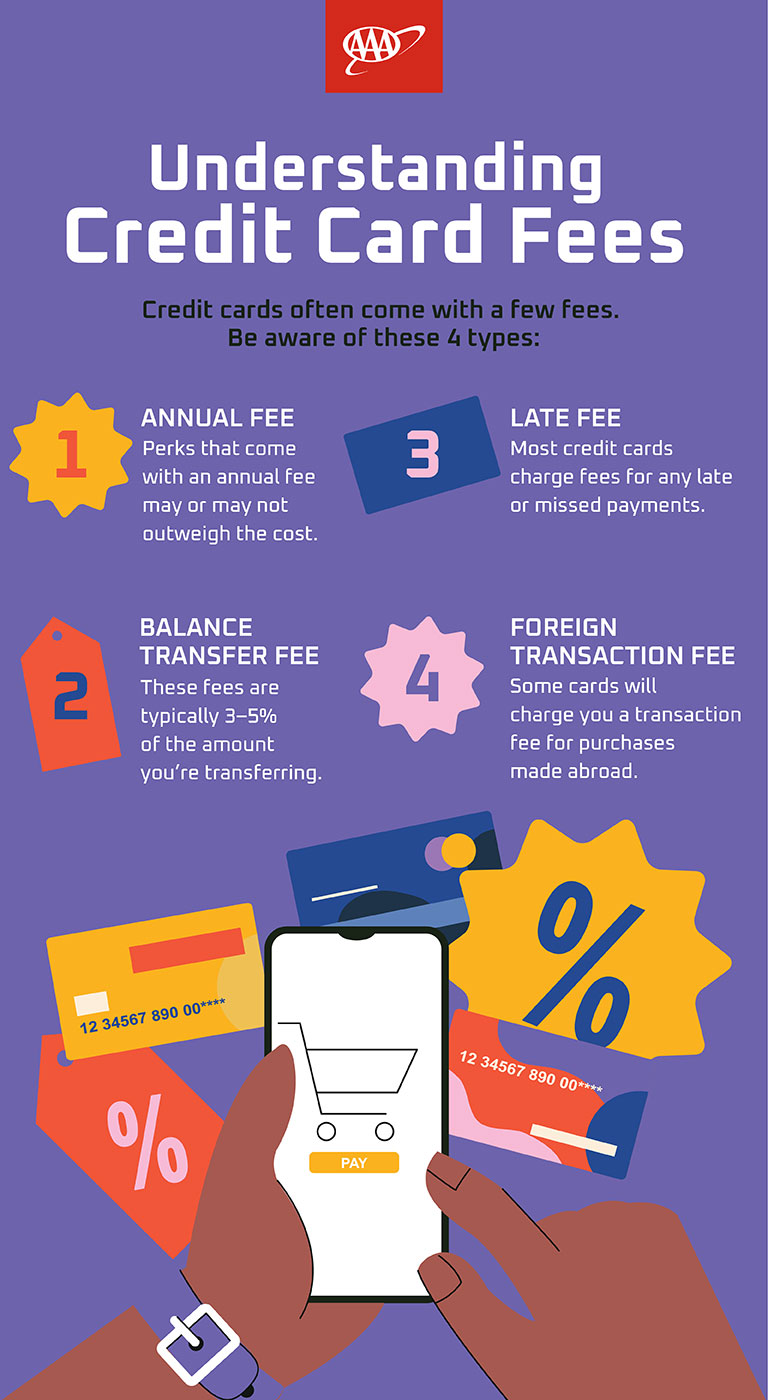What to Look for When Opening a New Credit Card
Picking a new credit card isn’t only about interest rates and fees. Here’s how to find the best credit card features and terms for you.


Looking for the perfect credit card? With so many choices out there, it’s easy to feel overwhelmed by all the options as you sift through the dizzying array of features, rewards, and terms. If only picking a new credit card were as easy as picking the lowest interest rates and fees. Still, with a little bit of research, you can sort through the clutter to find a card that fits your spending habits, financial needs, and goals. Here are a few tips to help you choose the best credit card for you.

Credit score requirements
When you're shopping for a new credit card, your credit score plays a big role in whether you get approved for the card and what terms you’ll be offered.
Card issuers usually don’t publicly share the exact score requirements they need, but they’ll often give hints like stating that a credit card is for people with “fair” or “very good” credit.
To help determine your creditworthiness, most lenders use your FICO Score, which breaks down your score into ranges:
- Exceptional: 800-850
- Very Good: 740-799
- Good: 670-739
- Fair: 580-669
- Poor: 300-579
The higher your score, the better your chances of securing favorable rates and terms.
The different types of interest rates
Your credit card's annual percentage rate (APR) is the interest rate you’ll pay if you don’t pay off your balance in full by the deadline on each monthly statement. Fortunately, you can usually skip the interest charges by paying the entire balance each month.
When picking a new card, aim for an APR lower than the current average of 28.50% (at press time), but remember, you’ll need exceptional credit to get the best rates. Also, keep in mind that credit cards may come with multiple APRs, including the following.
If you take a cash advance, your card issuer might charge a higher APR than usual.
Some cards offer a 0% APR for the first 12 to 21 months, which means no interest charges during that time. If you're transferring a balance, make sure to pay it off before the intro period ends. Otherwise, the standard APR will usually kick in, and interest will start building up.
If you’re more than 60 days late on your payments, some card issuers might charge a higher penalty APR.

Credit card fees you could be charged
Credit cards often come with fees. While they can vary by issuer, here are some common fees to consider in your credit card comparison calculations.
Some cards charge an annual fee, which may give you access to more perks and benefits. If you're not taking advantage of a card's benefits, such as complimentary airport lounge access, an annual fee may not be worth it. But if the benefits outweigh the cost, it could be a good deal.
These fees are typically 3% to 5% of the amount you're transferring from an existing card to your new card. So, it could be worth the effort to finding a card with a lower fee can to help you save money on balance transfers.
Many credit cards charge late fees—which are now capped at $8, thanks to efforts by the Consumer Financial Protection Bureau—for missed or late payments. You can avoid this fee by setting up payment reminders or using autopay for at least the minimum amount due on your credit card statement.
When you travel abroad, some cards charge you a foreign transaction fee for purchases. You can save 2% to 3% on international purchases by choosing a card without foreign transaction fees.

Considerations for the way you’ll use the card
From travel rewards cards to student credit cards to premium business cards, there's a card for every type of spender. When conducting credit card comparisons, look for the best credit card that works with your spending habits.
For example, if you love to travel, the AAA Travel Advantage Visa Signature Credit Card gives you 5% cash back on gas and electric-vehicle charging station purchases; 3% cash back on select grocery store, restaurant, travel and AAA purchases; 1% cash back on all other purchases, and more. And if you’re looking for a card for everyday spending, the AAA Daily Advantage Visa Signature Credit Card offers 5% cash back at grocery stores; 3% cash back on gas, electric-vehicle charging stations, wholesale clubs, streaming services, pharmacies, AAA purchases, and more; and 1% on all other purchases.
How to earn welcome bonuses and rewards
Many credit cards offer welcome bonuses to attract new customers, usually by enticing you spend a certain amount within a set time to earn a bonus on those purchases. Think about how much you can realistically put on a card each month, and aim for a bonus that's easy to earn and matches your spending style—whether that's travel rewards or cash back.
Rewards generally come in three forms: cash back, travel points (like miles or hotel points), or flexible rewards. While cards with higher annual fees often offer more rewards, there are also some great no-annual-fee credit card options. If you're unsure where to start, try a cash-back card to earn on every purchase, and consider adding a different rewards card once you're comfortable with the process.
How to choose a new credit card
Now that you know what to look for, it's time to start your search. First, check your credit score with one of the three nationwide credit reporting agencies: Experian, Equifax or TransUnion. (You can request a free copy of your credit report from each of these agencies once every 12 months. Visit AnnualCreditReport.com for more information.) If your score on the lower side, you might not qualify for cards that require a “good” to “excellent” rating. Instead, focus on cards designed for your credit level to improve your chances of approval.
Pre-qualification can also help with this process. You can either request pre-qualification from a credit card company to see which cards you might be eligible for, or sometimes issuers reach out to you with offers. They’ll take a look at your financial profile and suggest cards that you’re likely to qualify for, but keep in mind that an enticement is not a guarantee of approval.
Take your time to shop around to find the best credit card features and benefits for you. Once you’ve found the right one, you can apply online and, in most instances, get a decision within seconds of submitting your application.
